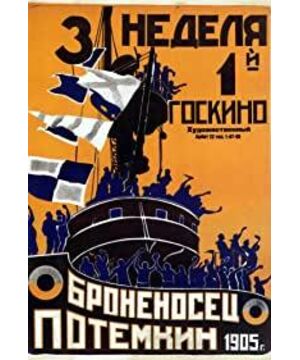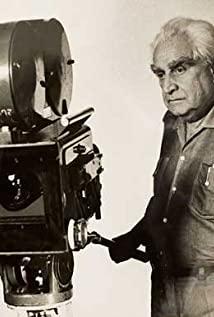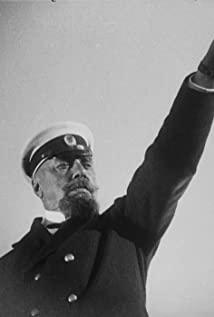"Battleship Potemkin" is an immortal masterpiece! At the same time, it is also a typical three-act play. The first act (Chapter 1) aims to lay out the reasons for the uprising of the sailors on the ship; the second act (Chapters 2, 3 and 4) aims to highlight the "confrontation", showing the confrontation between the ship's sailors and the ship's bureaucrats respectively; Awakening of the people (i.e. internal conflict) and external conflict (i.e. working class versus bourgeoisie). In the third act, in the urgent music, with the faster and faster camera switching, the film pushed the film to an unprecedented climax.
"Battleship Potemkin" can be described as a master of the editing concept of "montage". Director Eisenstein made maximum use of tonal montages, overtonal montages, rational montages and other editing techniques to fully infect and mobilize the audience's emotions. In just 71 minutes, the entire process of an uprising vividly displayed. The editing of the shots is very mature, especially the "Odessa Stairs" in the third scene of the second act, which can be described as the greatest and unsurpassed montage in film history. Eisenstein used the "rational montage" to the extreme in the massacre segment "Odessa Staircase". The entire segment is only 7 minutes long, but the number of shots is as high as 155. On average, there are 22 shots per minute. A shot is less than 3 seconds long. It is precisely because of such fast frequency switching, coupled with the change of scene and camera position, that it can expand infinitely in a short time without the audience noticing it. Adhering to the concept of "When two lenses meet, the content expressed by the picture is not just the sum of the two pictures, but the product of the two pictures." Shameless on full display.
"Battleship Potemkin" can be said to be Eisenstein's greatest work, the peak representative of the Soviet "montage school", and a treasure in the history of world cinema!
View more about Battleship Potemkin reviews










